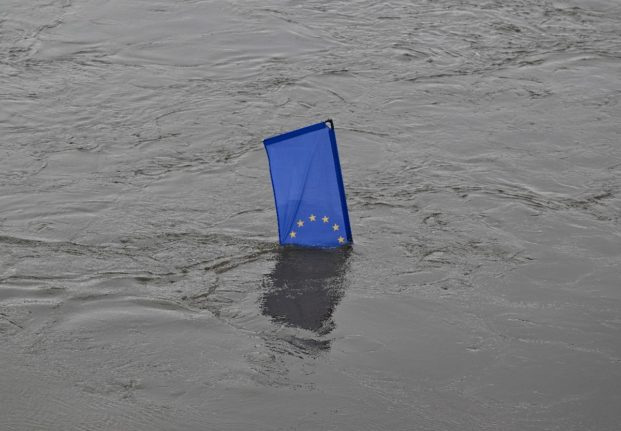“We’ve had a full house again today,” said Claudia Agolli, manager of a tanning salon in the gritty Ruhr Valley city of Essen. The 44-year-old has worked in the tanning industry for 18 years but has seldom experienced a summer like this one.
“By early afternoon, we’d already had 67 customers. For the summer, that’s more than super. That’s really a lot, unusually a lot, in fact. We are quite astonished.”
Normally this time of year is marked by a brief seasonal lull for tanning salons in Germany. From June until the end of August, a daily average of only 30 to 40 customers per salon come looking for artificial sunshine, according to industry’s Federal Tanning Association.
However, salons need to average 60 to 100 daily customers in order to survive, meaning they have to earn enough during the colder months of the year to survive through the summer dry spell.
This year, however, the tanning salon operators are smiling as much of rest of Germany complains about a grey and rainy summer.
“The mood is notably positive,” said Norbert Schmid-Keiner, managing director of the association. “This summer is a dream for us. The dreary weather is positively driving people into the tanning salons.”
Janine, a 26-year-old treating herself to some artificial rays on a grey day in Essen, was also sick of the weather.
“I just got back from vacation on Majorca. There it was 35 degrees (Celsius). And then this weather here,” she groaned.
Shortly after she left, another customer was already waiting at the salon’s counter.
“At times this morning the customers were even lined up in front of the booths,” Agiolli said.
But even though the cool summer is good for business, the weather is also “getting on her nerves.”
“There’s barely been any sun, and this in summer,” she sighed.
Click here for The Local’s weather forecast.
DPA/The Local/emh




 Please whitelist us to continue reading.
Please whitelist us to continue reading.
Member comments